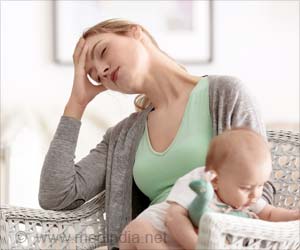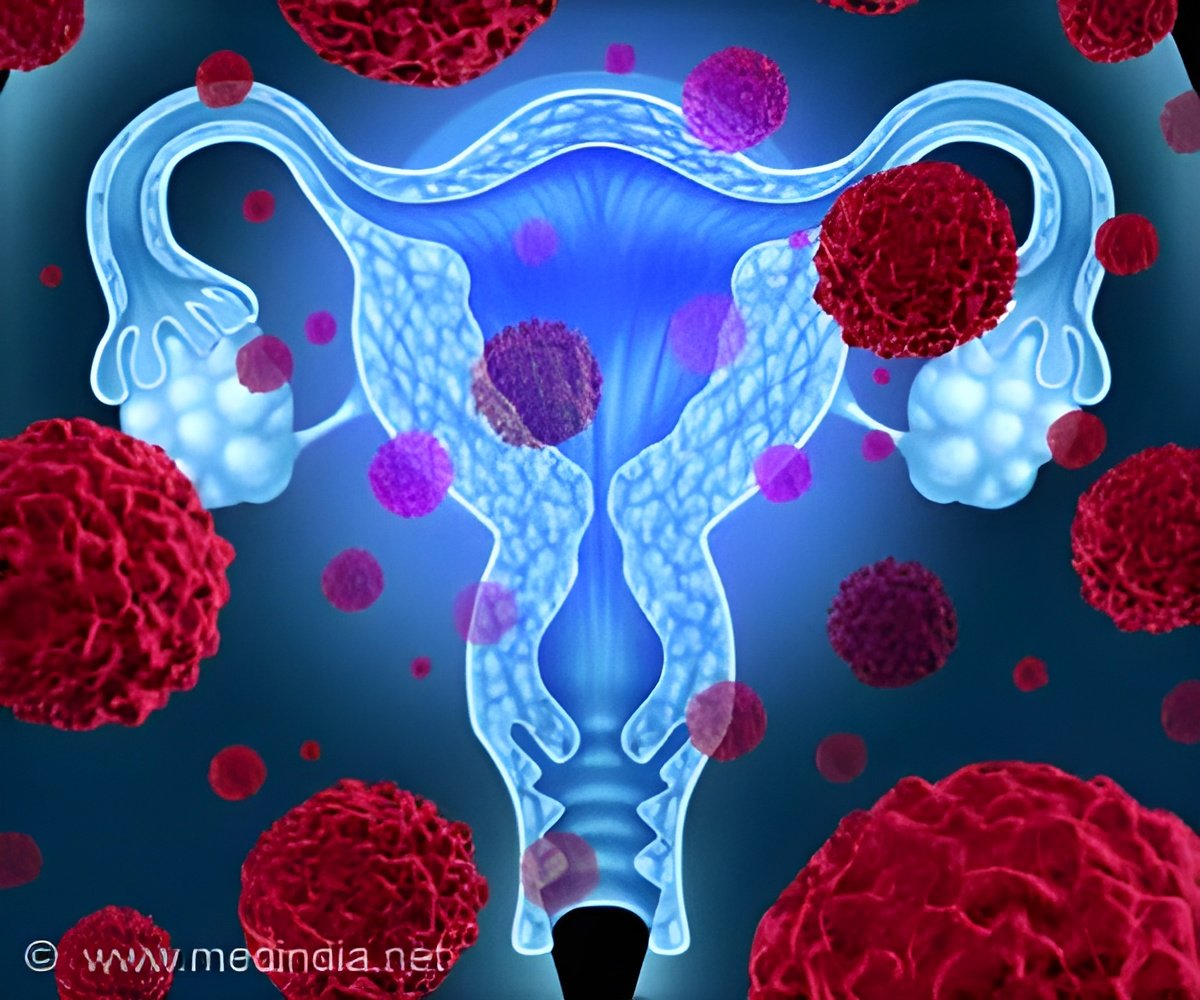“Our results indicate that the greater the imbalance a pregnant woman has in the vagina, the greater the risk of her delivering by way of an emergency caesarean section,” explains Jakob Stokholm, head of the microbiome group at the Danish Pediatric Asthma Center and an associate professor at the University of Copenhagen’s Department of Food Science.
Together with the Danish Pediatric Asthma Center and colleagues from the University of Copenhagen and Aarhus University, Stokholm analyzed 1,396 vaginal flora samples from 736 pregnant women in Denmark.
Among the women with the least imbalance in their bacterial composition, 10 percent delivered by emergency cesarean section, whereas 16 percent of women with greater levels of imbalance had an emergency C-section. Among those women with the highest levels of imbalance, an entire 22 percent delivered their babies via emergency cesarean section.
“Previous studies have shown that a skewed composition of vaginal bacteria flora is linked to problems with infertility, miscarriages and premature delivery. However, the fact that we are able to see such a marked correlation between the degree of bacterial imbalance and emergency caesarean sections is quite surprising,” says Jakob Stokholm.
Bacteria may trigger childbirth
In previous studies, the researchers documented how children born by caesarean section are at an increased risk of developing asthma. This is because the composition of their gut bacteria is markedly different than that of children who were born vaginally. Furthermore, surgical wounds from caesarean sections can lead to infection and prolonged periods of pain for mothers.
As such, it is important to discover why the degree of bacterial imbalance in the vagina is linked to emergency C-sections, explains Jakob Stokholm. He stresses that while causation has yet to be fully investigated, a cautious suggestion of the correlation might be made.
“When amniotic fluid of a pregnant woman passes and birth is underway, there is a direct passage from the vagina to the uterus. During a prolonged delivery, one can imagine that certain vaginal bacteria can affect the uterus in such a way that necessitates an emergency caesarean section. This could be manifested by signs of infection in the mother, or a child that is stressed within the womb, as evidenced by an affected heart rate, thus making it necessary to operate and remove the baby,” he says.
Hold back on soap to the genitals
The ideal bacterial composition in the vagina is very uniform and primarily contains lactic-acid producing lactobacillus bacteria. These bacteria ensure for a healthy environment and shield against pathogenic bacteria.
However, various factors can affect and alter the vaginal flora, explains Søren Sørensen, a professor at the University of Copenhagen’s Department of Biology and a co-author of the study.
“Self-care products containing antibacterial substances can remove some of the important lactobacillus bacteria and thereby interfere with the natural bacterial flora. Therefore, the best thing one can do is to stop applying excessive amounts of soap and creams to the vagina,” he says.
Fact boxes
What is bacterial vaginosis?
Bacterial vaginosis is an imbalance in women’s vaginal bacteria caused by too few lactic- acid producing “lactobacillus” bacteria.
Symptoms include increased vaginal discharge and a bad odor.
The cause of this condition has yet to be fully mapped, but it may arise from, among other things, the use of antibiotics or from the excessive use of self-care products.
A new method:
The researchers have developed a new scale for bacterial vaginosis, which they term `degree of dysbiosis (imbalance),’ in reference to the degree of imbalance in vaginal bacterial flora.
Their results demonstrate that with increasing levels of dysbiosis (bacterial imbalance), there is an elevated risk of women having an emergency caesarean section.
The researchers’ findings are built upon the analysis of 1,396 vaginal samples from the COPSAC2010 mother–child cohort, which have been DNA sequenced and analyzed with a microscope and are still lacking causality.
While the researchers see a correlation between high degrees of bacterial imbalance in the vagina and the risk of emergency cesarean section, they have yet to establish causation, i.e., conclusive evidence that the two phenomena are demonstrably linked. Therefore, the next step is to conduct a control study examining another group of pregnant women to see if the researchers’ newly developed scale shows the same correlation with caesarean section births.
Source: Eurekalert



